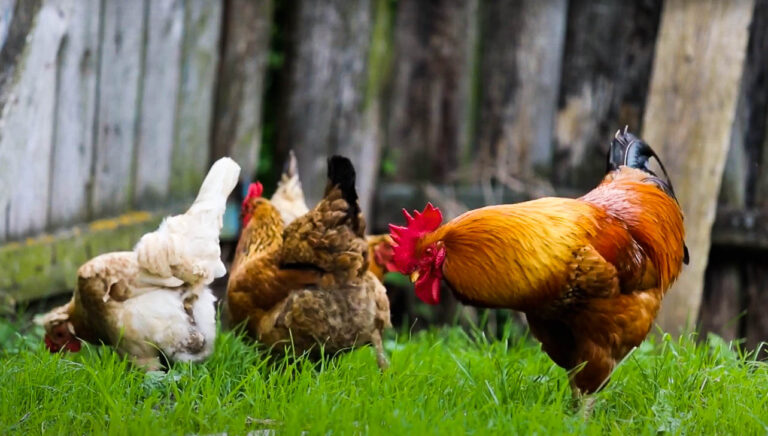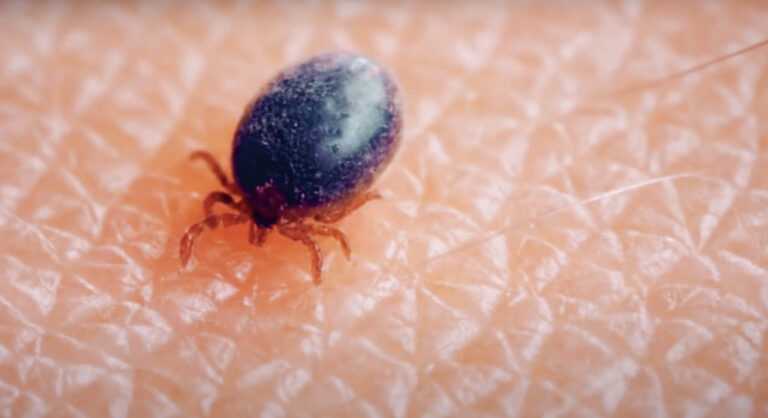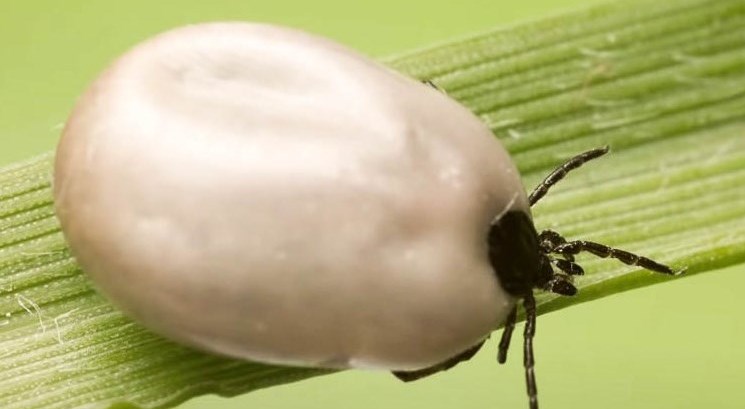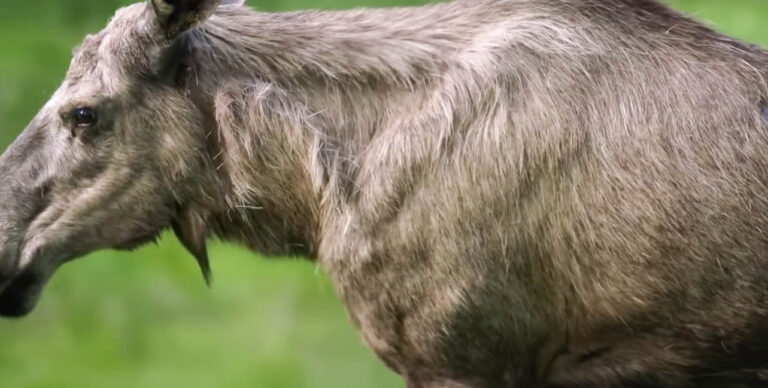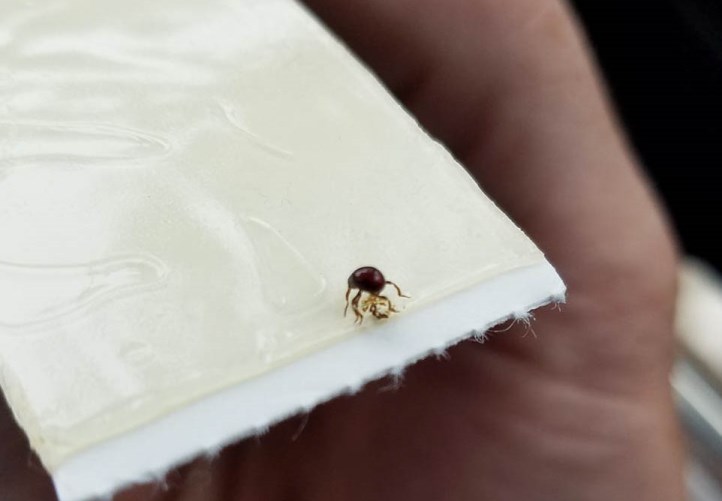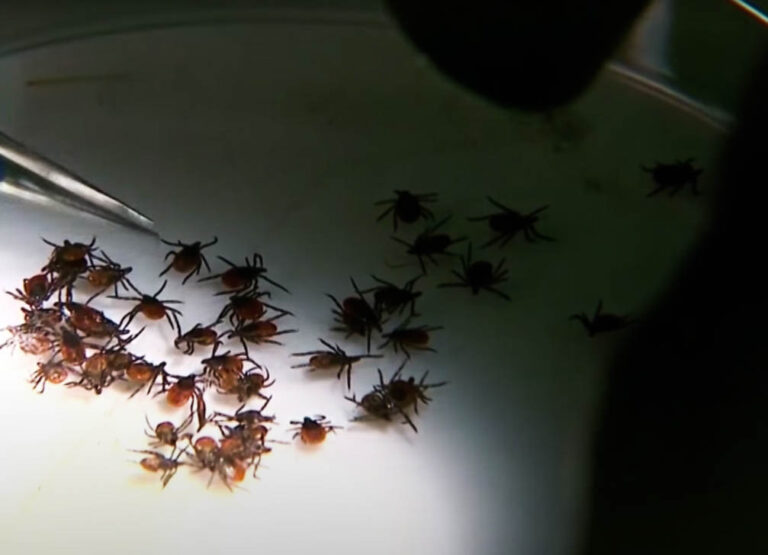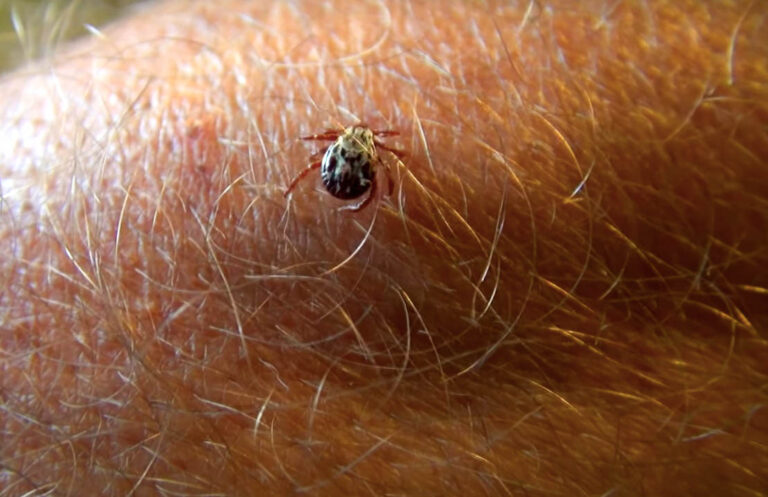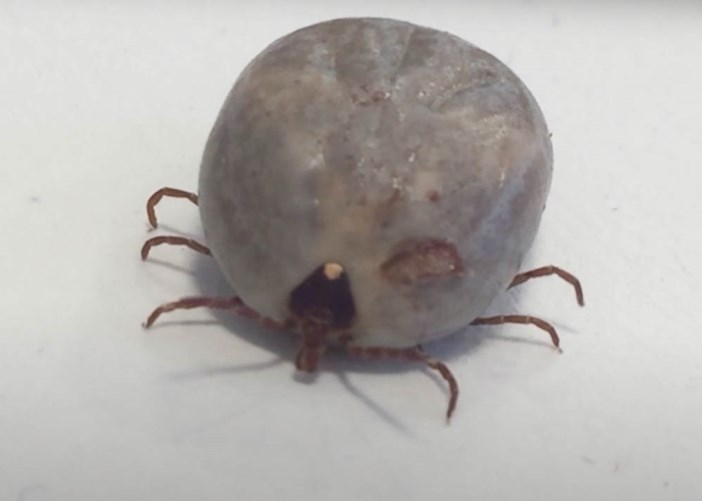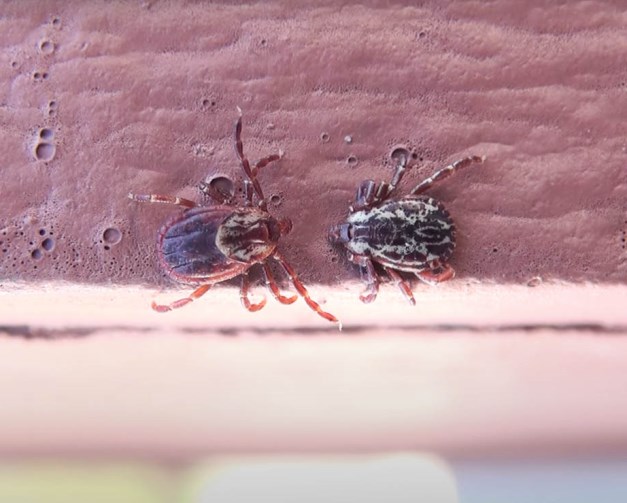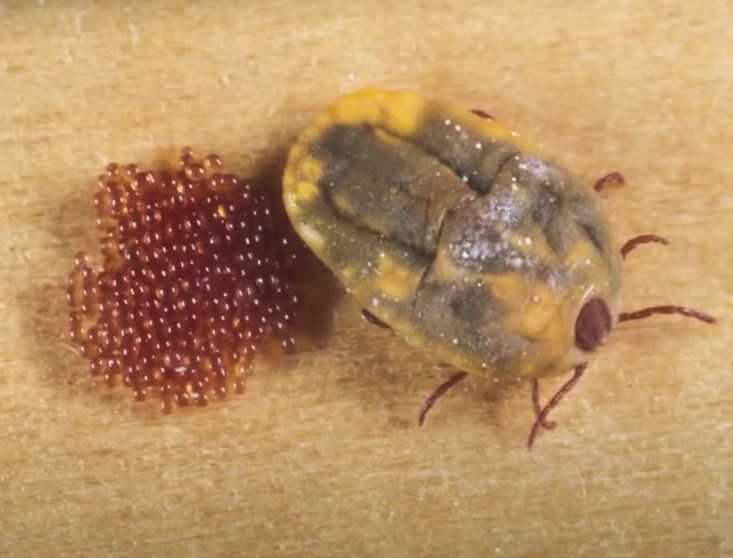About Blacklegged Ticks
About Blacklegged Ticks
Otherwise called deer ticks, blacklegged ticks are small parasitic insects known for the spread of diseases such as Lyme disease. They are closely related to spiders. In areas where they are found, ticks are active throughout all seasons, especially when the temperatures are above the freezing point.
Appearance
Blacklegged ticks are tiny insects. The average adult blacklegged tick has a length of one-eighth of an inch. The color of the tick ranges from dark brown to black. The legs are typically darker colored than the bodies, which have the black to dark brown color.
Behavior
As a blood-sucking ectoparasite, like other ticks, blacklegged ticks require blood meals both in their immature and adult forms. The adult female especially needs blood meals to produce thousands of eggs. They get the nourishment necessary for reproduction from the blood of their hosts.
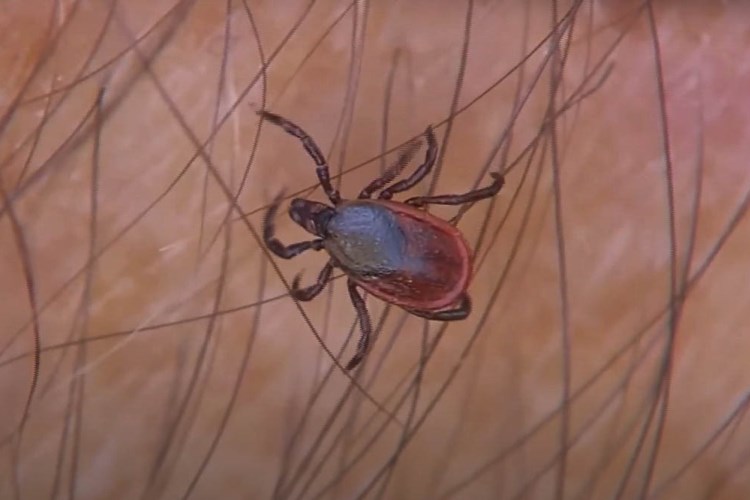
The ticks are important carriers of diseases. They are especially known as the carriers of Lyme disease.
Blacklegged ticks take blood meals from small as well as the bigger hosts. Immature ticks such as the larvae could take their blood meals from smaller animals like rodents. As the larvae develop, they tend to feed on other bigger animals like deer.
They take blood meals by piercing the skin with their mouthparts. After they pierce the skin with their mouthparts, they release an anticoagulant that allows them to continually feed. They could also pick up pathogens as they feed. The pathogens could be transferred to another host as they feed on it.
Blacklegged ticks apply their small sizes to their parasitic advantage. Because of their small sizes, they could remain attached to the skin of the host unnoticed for a long time. To stay hidden for long periods, the ticks typically choose inconspicuous areas to attach to their hosts.
As they take blood meals, the bodies of blacklegged ticks enlarge in a process called engorgement. Because they cannot jump or fly, they climb shrubs, grass, and other kinds of vegetation to attach to their hosts. They climb and wait for hosts. As hosts make contact with the plant material, they attach to it. Blacklegged ticks suck blood very slowly and can continue for a few days.
It is noteworthy that only the nymph and adult ticks are capable of spreading diseases. Also, blacklegged ticks do not begin to feed immediately they attach to the host. They may take about 24 hours to prepare their bodies for engorgement. Blood-sucking and disease transmission could be restricted to adult females as the adult male does not suck blood. The adult male blacklegged tick could attach but will not suck blood.
Life Cycle
The development of blacklegged ticks from eggs to adults can take up to three years. It starts with the adult female depositing thousands of eggs in a suitable breeding site. Each stage could take up to a year. After depositing the eggs, the female adult tick dies.
The developmental stages of the blacklegged tick are egg, larva, nymph, and adult. The larva hatches out of the egg and climbs to the top of vegetation where it waits for a suitable host. The larvae molt and develop into the nymph which will take blood meals and develop into the adult.

Habitat
They prefer to live in areas that provide easy reach to their predators. The habitats of blacklegged ticks include wooded areas where they are bound to find hosts like deer and rodents.
The US has a good distribution of blacklegged ticks. Larger populations of the ticks are found in the northeastern areas. The entire eastern US also has a good distribution of ticks.
Apart from wooded areas, ticks are found in fields. They make habitats in both rural and urban areas. The blacklegged tick’s habitat is rarely found indoors. They stick to outdoor habitats. They are also attracted to sources of moisture and shade and will stick to shaded areas. They could also live close to water bodies if the water bodies attract suitable hosts.

